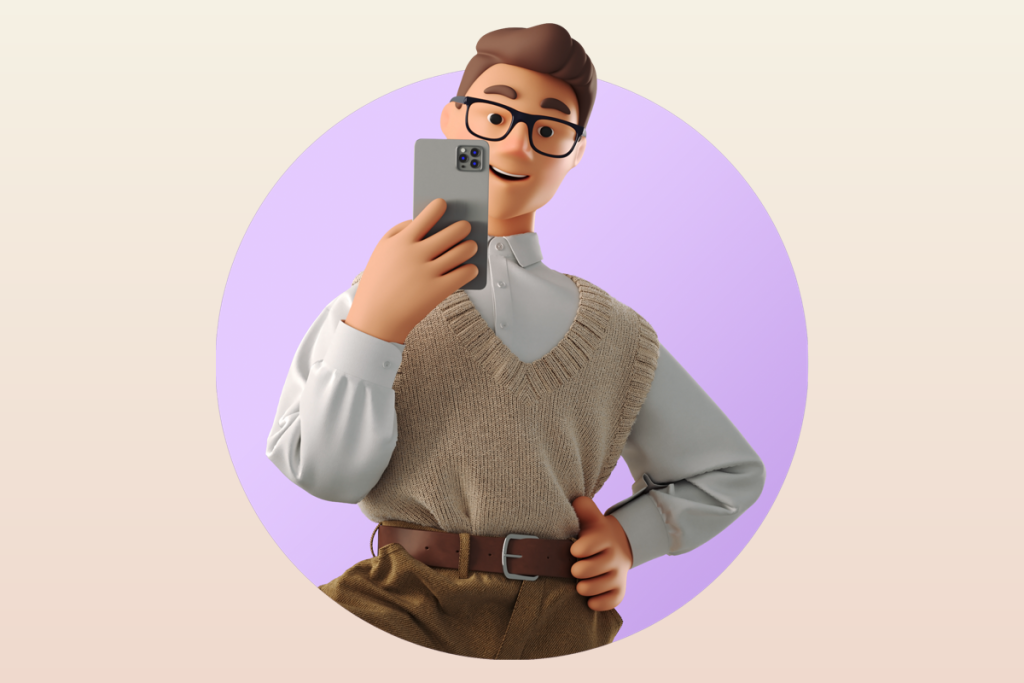
In the ever-evolving realm of technology, 3D models have carved their niche with their captivating allure and unparalleled versatility. These digital representations of three-dimensional objects are not only a cornerstone of industries like gaming and animation but also integral to architecture, medicine, education, and more. In this comprehensive guide, we will delve into the fascinating world of 3D models, understanding what they are, how they are created, and their extensive applications.
What Are 3D Models?
3D models, in essence, are digital replicas of three-dimensional objects, allowing you to view, manipulate, and interact with them in a virtual space. Unlike 2D models that are flat, 3D models offer depth, realism, and an immersive experience, which makes them invaluable across various industries.
The Art and Science of Creating 3D Models
The creation of 3D models is both an art and a science. Artists and designers use various techniques and software tools to craft these digital masterpieces. There are several methods of 3D modeling, each with its unique applications:

Polygonal Modeling: This technique involves creating a 3D object by manipulating individual polygons, often triangles or quadrilaterals. It’s widely used in video games and animation.
NURBS Modeling: Non-Uniform Rational B-Spline (NURBS) modeling focuses on mathematical curves and surfaces, making it suitable for CAD (Computer-Aided Design) and industrial design.
Sculpting: Artists use sculpting software to mold 3D objects as if they were working with virtual clay, making it perfect for character and organic modeling.
Voxel Modeling: This method represents objects as 3D pixels or voxels, and it’s employed in medical imaging and geological modeling.
The software used for 3D modeling ranges from industry-standard applications like Autodesk Maya, Blender, and ZBrush to specialized tools designed for specific tasks. The choice of software depends on the project’s requirements and the artist’s familiarity with the program.
The process of 3D modeling involves creating the shape, applying textures, and animating the model if necessary. Artists and designers manipulate vertices, edges, and faces to bring their visions to life.
Applications of 3D Models
Diverse Applications of 3D Models:
3D models find applications across an array of industries, making them a versatile and indispensable tool.

Gaming and Entertainment: From lifelike characters to intricately detailed environments, 3D models breathe life into video games, movies, and virtual reality experiences.
Architecture and Interior Design: Architects and interior designers use 3D models to visualize their concepts, helping clients understand and approve designs before construction begins.
Medicine and Healthcare: 3D models play a critical role in medical imaging, surgical planning, and the creation of prosthetics and implants. They allow for precise, patient-specific solutions.
Education and Training: 3D models enhance learning by providing students with interactive and immersive educational materials. They are used in various subjects, from biology to history.
Engineering and Manufacturing: In industries like aerospace and automotive manufacturing, 3D models aid in designing and prototyping, streamlining the production process.
The Importance of 3D Models in the Gaming Industry
Elevating Gaming with 3D Models:
The gaming industry has been at the forefront of 3D modeling innovation. 3D models are the backbone of modern video games, enabling realistic characters, environments, and interactive gameplay. They have revolutionized the way players experience games, transporting them to immersive, virtual worlds.
In the early days of gaming, 2D sprites were the standard. However, the advent of 3D models marked a significant leap in game development. These models allow for fluid animations, dynamic lighting, and lifelike physics. They provide players with a more engaging and immersive experience, contributing to the industry’s rapid growth.
As technology has advanced, so has the complexity and detail of 3D models in games. From the blocky, pixelated characters of the past to the lifelike, motion-captured avatars of today, the evolution of 3D modeling in gaming has been nothing short of remarkable.
3D Models in Architecture: From Design to Reality
Building the Future with 3D Models:
In the field of architecture, 3D models are instrumental in turning abstract concepts into tangible, visual representations. They empower architects to showcase their designs and help clients and stakeholders envision the final product. Architectural visualization has seen a tremendous transformation through the use of 3D models.
Virtual tours and walkthroughs, made possible by 3D modeling, allow clients to explore every nook and cranny of a building before it’s even constructed. This level of interactivity enhances communication and ensures that everyone is on the same page.
Additionally, 3D models facilitate collaborative design. Architects and other professionals can work together on a project in a virtual environment, making real-time changes and improvements. This approach streamlines the design process and reduces the risk of errors.
3D Models in Medicine: A Lifesaving Innovation
The Healing Power of 3D Models:
In the medical field, 3D models have emerged as lifesaving tools. They are used for a range of applications, starting with medical imaging. 3D models derived from medical scans, such as MRIs and CT scans, allow physicians to visualize and diagnose conditions with unprecedented clarity.
These models are also crucial for surgical planning and practice. Surgeons can examine a 3D model of a patient’s anatomy before entering the operating room, enabling them to plan the procedure and rehearse complex surgeries. This reduces the risk and improves the chances of a successful outcome.
Perhaps one of the most remarkable applications of 3D models in medicine is in the creation of patient-specific solutions. This includes 3D-printed prosthetics, implants, and even organs. The ability to create customized medical devices based on a patient’s unique anatomy has opened up new possibilities in healthcare.
Moreover, 3D models are not limited to traditional classroom settings. They are particularly valuable for online education, where tactile learning experiences are often lacking. With the right software, students can access 3D models from anywhere, making learning more accessible and inclusive.
In higher education, 3D models find applications in fields like engineering, architecture, and medicine, providing students with practical, hands-on experiences that prepare them for their careers. As the technology continues to advance, we can expect to see even more innovative uses of 3D models in education, further enriching the learning experience.
3D Models in Education: Learning in 3D
Interactive learning, improved retention, versatile applications – 3D models in education enhance the learning experience. They provide students with interactive and immersive educational materials that cover various subjects, from biology to history.
The integration of 3D models in education marks a significant leap forward in pedagogy. It fosters curiosity, engagement, and deeper understanding among students across all levels of education. As educators continue to explore the creative potential of 3D models, we can anticipate a future where learning is not confined to textbooks and lectures but rather becomes an immersive, interactive, and unforgettable experience.
In conclusion, 3D models are not only transforming education but also enhancing various industries, from gaming to healthcare. They represent the convergence of art and science, pushing the boundaries of what is possible in the digital realm. Whether in the hands of artists, architects, surgeons, or students, 3D models are shaping the future and opening up new horizons for innovation and discovery.


